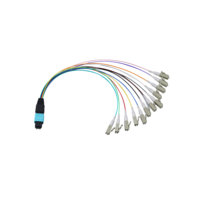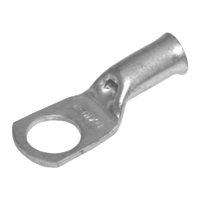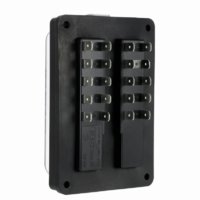I used the 16mm2 cable for +/- starter battery to redarc and leisure battery to redarc (with 50A / 100A midi fuses as intermediate connection points) also for leisure battery to chassis ground cable and leisure battery to inverter ( under driver seat)
I made up a ‘hydra’ cable out of 10 x 14awg wires that feed a 10 way fuse box (via a 30A midi fuse and a 50A cut off switch so I can isolate the fuse box to turn everything off in one go)
I used the 14awg cable for diesel heater (15A) feed wire (via a relay so I can isolate the heater to avoid current drain when I don’t need it)
Everything else uses 17awg wire (led lights/usb sockets) as they are all under 6A feeds.
I have yet to add cables for a fridge, but that will be of a suitable size for current and length as well.
I can’t see any obvious issues with the readout, I do notice the starter battery is at 80% which is normal for a stop/start battery, so if you were using the split charge relay, your leisure battery would never fully charge either (even if the cable was up to it)
I only intend to tackle the leisure battery/DC charger and cabling, working on the basis I have used the van a few times since I bought it and the fridge/lights/heater don’t seem to have caused a fire as of yet. Presumably if i cable and fuse correctly then that makes problems with these appliances even less likely?!
There are two things that baffle me (probably my thickness in both cases)
1, I can’t understand how the main fuses can be so large 50/100amps! It seems at the most I will be drawing 6 to 8 amps with the equipment I have installed!
I have just been reading Dellmassives extensive write-up at the link below but still can’t understand the fuses!
Installing 12v Socket /s - How Its Done -
2, What is a hydra cable?




 Although I find it unlikely it's connected with the U1008 fault code.
Although I find it unlikely it's connected with the U1008 fault code.



